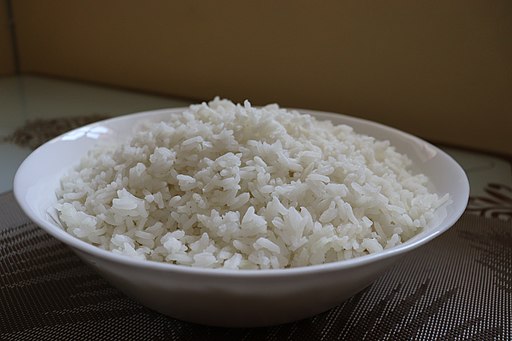
By now, I think everyone has heard of the “Great Pacific Garbage Patch“, a much-publicized area in the Pacific ocean where water currents, wind, and other ocean features have naturally converged, allowing various debris to accumulate. While the name immediately conjures a vast swathe of garbage, mostly in the form of bobbing plastic bottles, that’s not exactly true. Most of the plastic there has already been broken down into tiny particles closer in size to confetti than yogurt cups. But this shouldn’t diminish our concern about the ubiquity of plastic in our environment, and what this means about the health of our oceans, and for the sea creatures that live there.
Now, it seems we have even more to worry about. According to a new investigation performed by scientists at the State University of New York in Fredonia, and commissioned by Orb Media, tiny micro-particles of plastic have been found in our own water supply. Our bottled water, to be exact. In this investigation, 250 different different bottles of water were analyzed from nine different countries. A whopping 93% had microscopic pieces of plastic floating within them, despite claiming to follow rigorous standards for purity.
On average, 325 particles were found in each litre of bottled water being sold, although some brands contained as many as 10,000 per litre. For the most part, all the particles were larger than the width of a human hair. Because all brands of bottled water were contaminated, the investigators didn’t feel able to recommend, or warn people away, from any particular company.
You may now be thinking it’s time to switch back to tap water, but a previous study found that it also contained these same micro particles of plastic, although in roughly half the number. How about water in glass bottles? Well, the investigators also tested one batch of water from glass bottles for comparison, and guess what? That water contained micro-plastics too.
This information is sobering, and appears to mean a couple of things: 1) our water filtration systems are in bad need of modernization. Somehow, we need to advance the science of purification so that microscopic pieces of plastic can be removed from our water before we consume it. And more importantly, 2) we really need to stop using so much plastic! Scientists are now estimating that within three decades, there will be more plastic in our oceans than fish.
In response to this revelatory news, the World Health Organization has announced that it will review the potential health impacts of plastic in drinking water, but this is cold comfort. We already know that some of the chemicals in plastics, namely BPAs and pthalates, have estrogenic activity, and may also increase the risk of asthma, ADHD, low IQ, autism, male infertility, obesity and cancer. Particularly frightening is the knowledge that there are other chemicals in plastics whose health effects we do not yet know.
Some researchers have attempted to allay concerns by stating that most of these microscopic plastic particles probably pass right through our systems without having any negative effect. But this is hardly reassuring considering that they also admit they don’t know enough to be sure. Microparticles of plastic are so small it’s very possible that they are absorbed into our liver, kidneys, and bloodstream.
So, what do we do with this information? Considering the ubiquity of plastic in our modern environment, it’s hard to make a recommendation that would make much difference for the safety of ourselves and the people we love. Individually, you can stop buying bottled water, and use tap water in refillable water containers instead. Tap water may still contain micro-particles of plastic, but at least it has a lower amount – and it’s free. As for the rest of the food we eat, we don’t have much of a choice since the majority of products on grocery store shelves are wrapped in plastic of one form or another.
Right now, I’m trying to have faith in human ingenuity, and in science and technology, hoping that they’ll discover some way around this mess that we’ve gotten ourselves into. We’ve found life-saving solutions to plenty of problems in the past, from the discovery of antibiotics, to the development of vaccines, and refrigeration. Let’s hope we can find a solution to this problem too.


